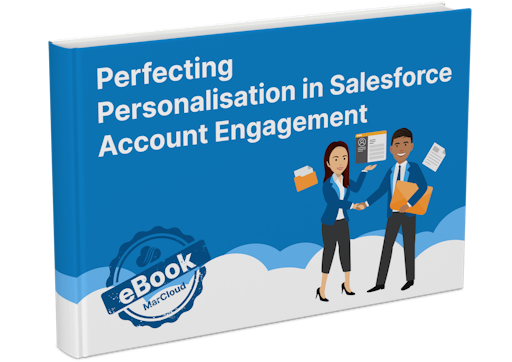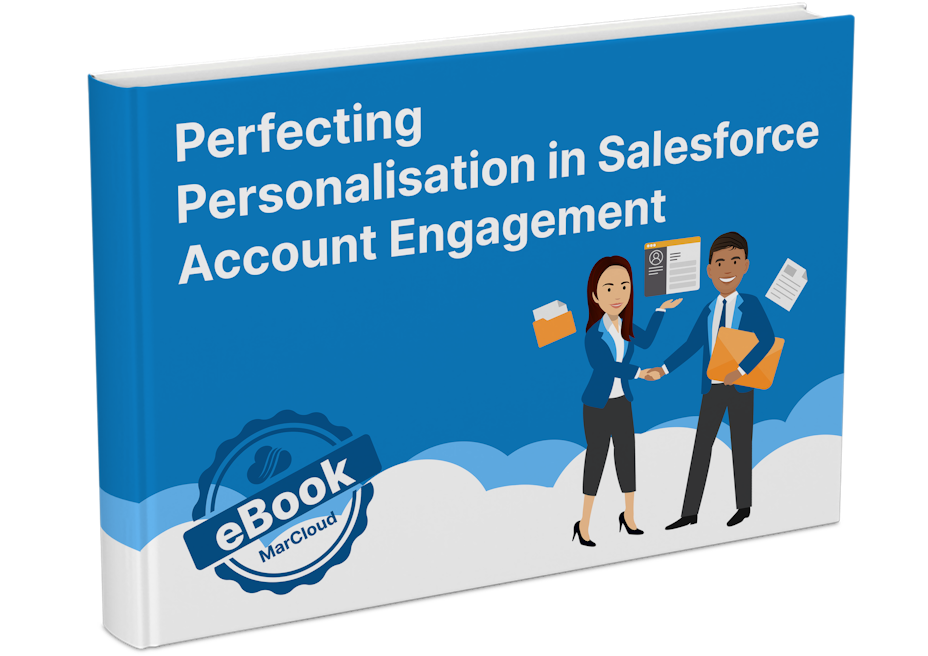Let’s be clear, true personalisation means using hard data to craft experiences that deliver the type of content a prospect or customer is most interested in, at the precise moment they need it, and on the channels they prefer to be contacted on.
It considers what you know about a contact in your database; their demographics, psychographics, and behavioural data points.
Why?
Audiences want to feel recognised and have their specific needs addressed based on the prior information they’ve shared with your business (first-party data only! Using third-party data such as purchased lists can have the opposite effect and alienate them).
Not only this, they expect to receive high levels of personalisation across the full customer lifecycle, not solely during the lead generation and nurture phase.
The Salesforce State of Marketing Report found that 60% of marketers using a lifecycle approach to personalisation were high performers, versus the 48% who don’t being under-performers. This shows there’s a direct correlation between lifecycle personalisation and performance.
Reaching personalisation nirvana means integrating marketing, sales, customer service, commerce; any team that interacts with your customer for onboarding, service, or retention!
Maybe this all sounds quite overwhelming. Naturally, there’s a lot to consider, including:
How and when you collect prospect data to use in your personalisation strategy.
Integrating your tech stack to ensure visibility and alignment across teams.
Automating personalisation efforts for a more streamlined and effective approach.
Thankfully, you don’t have to take the journey alone.
Written specifically for Salesforce Account Engagement customers, we’ve penned a digital guide to ‘Perfecting Personalisation in Salesforce Account Engagement’.






